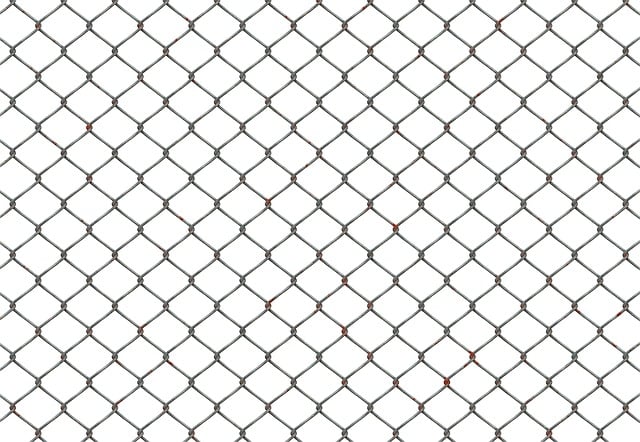In New Bedford, Massachusetts, a well-installed fence can transform outdoor spaces, enhancing privacy, security, and aesthetic appeal. This guide delves into the essential aspects of residential fence installation in New Bedford, catering to homeowners seeking to elevate their properties. We explore the unique considerations when choosing among reputable local companies, offering insights on materials, designs, and expert installation practices. By understanding the process from initial planning to post-installation care, homeowners can ensure a durable and visually pleasing addition to their homes.
- Understanding Residential Fence Needs in New Bedford
- Choosing the Right Installation Company
- The Installation Process: Step-by-Step Guide
- Post-Installation Care and Maintenance Tips
Understanding Residential Fence Needs in New Bedford
In New Bedford, MA, residential fence installation is a significant consideration for homeowners due to the region’s diverse climate and local regulations. Understanding one’s needs involves assessing factors like privacy, security, aesthetic appeal, and functionality. The city’s varied neighborhoods offer a mix of suburban and urban settings, each with its own unique fencing requirements. Homeowners might seek fences that provide a sense of seclusion in quieter areas or robust security measures for more busy neighborhoods.
Additionally, New Bedford’s seasonal changes demand durable materials capable of withstanding harsh winters and hot summers. A qualified residential fence installation company should be well-versed in these considerations, offering solutions tailored to individual properties while adhering to local building codes and homeowners’ personal preferences.
Choosing the Right Installation Company
When choosing an installation company for your residential fence, it’s crucial to consider their expertise and reputation. Look for a company with experience in your specific type of fence, whether it’s wood, vinyl, or chain-link. Check online reviews and ask for references from previous clients to gauge their professionalism and work quality.
Additionally, ensure the company has proper licensing and insurance to protect you from potential liability issues. A good installation company should provide detailed estimates, clearly outlining costs and services, and be willing to answer all your questions honestly. Their ability to offer maintenance and warranty support post-installation is also a significant factor in making the right choice.
The Installation Process: Step-by-Step Guide
The installation process for residential fences typically involves several well-defined steps to ensure a secure and durable barrier. It starts with a thorough site inspection, where professionals assess the property’s layout, existing structures, and any potential challenges. Based on this evaluation, they’ll recommend the best fence design and material suited to the client’s needs and preferences.
Next, the team obtains necessary permits and prepares the ground by removing vegetation and marking out the exact fence line. They then dig posts holes at precisely measured intervals, ensuring proper depth for stability. Post installation involves attaching horizontal rails, followed by panel placement and securing them with brackets. The final touches include adding gates, locks, and any desired accessories, completing the protective barrier that enhances home security and aesthetic appeal.
Post-Installation Care and Maintenance Tips
After your new fence is installed, proper care and maintenance will ensure it lasts for years to come. Regularly inspect your fence for any signs of damage, including cracks, rot, or broken boards. Promptly address any issues to prevent them from escalating. Keep an eye out for loose posts or panels that may need re-tightening.
A simple cleaning routine with mild soap and water every few months will help maintain the appearance of your fence. Avoid using harsh chemicals or power washers, as they can damage the material. During winter, consider applying a waterproof sealant to protect against freezing temperatures and snow accumulation, especially if you live in an area prone to harsh winters.
